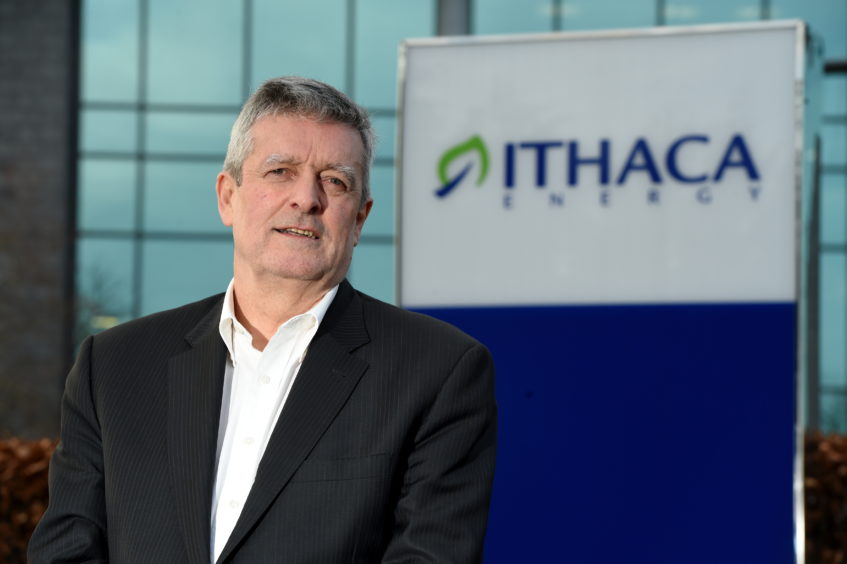
North Sea operator Ithaca Energy intends to make redundancies from its onshore workforce by the end of 2020, its chief executive has confirmed.
Ithaca, which employs 280 people at its Aberdeen headquarters, intends to reduce its mix of staff and contractors as it works to “simplify and become more efficient”.
CEO Les Thomas confirmed a voluntary process is underway, but did not give figures on the planned reduction, which comes after buying Chevron’s assets for £1.6bn in November and the ongoing Covid-19 crisis.
He said: “I think that was always going to be the case as we had absorbed the Chevron assets. We were embarking on a transformation programme to simplify and be more efficient and we continue to do that.
“So we will have fewer people in our onshore support business than we’ve had in the beginning of the year.
“I think everyone knows, and you saw it in the Oil and gas UK (OGUK) summary the other day, that both operating companies and contracting companies in the supply chain anticipate redundancies as part of 2020. That’s going to be part of our world.”
Industry body OGUK released a report earlier this week predicting up to 30,000 jobs could be lost from the industry over the next 12-18 months.
Ithaca has already reduced its offshore manning levels to minimum for critical tasks, currently with 220 employees, but that could be reduced further if oil storage fills up and UK platforms need to be shut-in, Mr Thomas added.
It comes as Ithaca yesterday published its results for 2019, a period prior to the outbreak, which saw the company sink to a £111million pre-tax loss.
The deficit was primarily due to an £85.6m charge relating to its Greater Stella Area and the EnQuest-operated Don fields.
As part of measures to fight the crisis, Ithaca has halved its planned spending for 2020 from £200m to £100m, with a number of main projects being deferred.
Like all operators, Mr Thomas said Ithaca is having to look ahead to recovery and supporting the crippled supply chain.
He added: “We have to now be clever and work with our staff, our supply chain, to figure out how we are going to handle 2021 and how we are going to wind things back up again and start a recovery mode. That’s really what we’re concentrating on at the moment.
“The supply chain needs work, it needs infill drilling campaigns, it needs subsea tieback projects, it needs activity to keep it alive and healthy.
“The only way we can do that is to look again at our projects to improve them and how we can afford to continue to invest.”
Recommended for you

